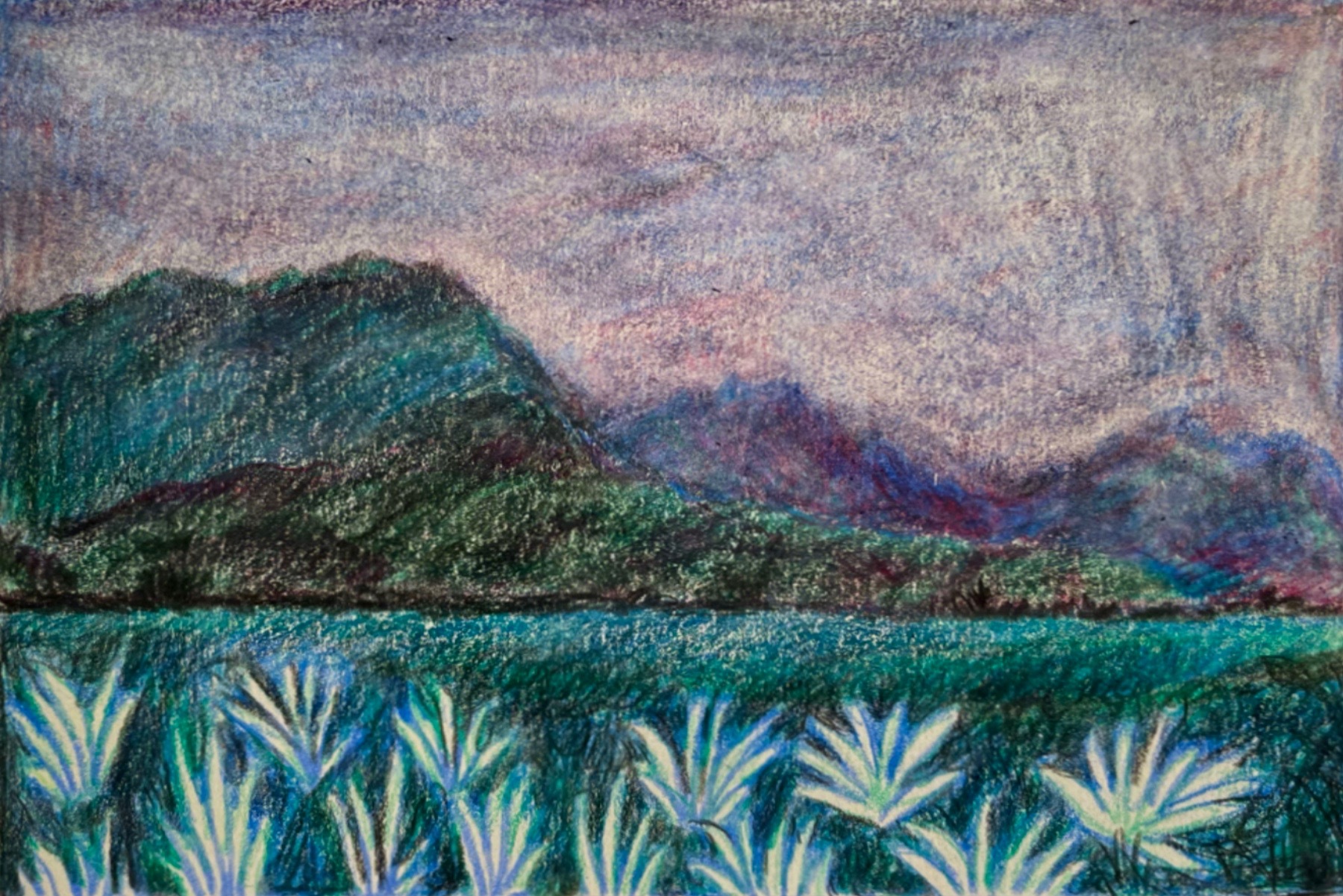Four years ago, on June 23, 2018, twelve young Thai boys and their soccer coach were stranded in the flooded Tham Luang cave in the Chiang Rai province in northern Thailand. The 10-kilometer-long cave was submerged in water for miles, trapping the group deep in the cave with no way out. What was supposed to be an hour-long sightseeing adventure for the boys suddenly turned into a three-week nightmare where there was no food, no sunlight and little water and oxygen. Ron Howard’s “Thirteen Lives” (streaming on Amazon Prime) recounts the harrowing true story that shook the world. The film successfully captures the 18-day rescue effort that was led by a fearless team of British and Australian specialist divers and Thai SEALs divers — a heart-racing journey that shows real-life heroism through a captivating, cinematic lens.
Howard’s “Thirteen Lives” certainly doesn’t waste any of its fleshy, 147-minute runtime. The film opens right before the tragedy begins on a field where The Wild Boars, all aged 11 to 16, just finished up a practice game of soccer. After they get their flashlights and bicycles ready, the 12 boys and their 25-year-old assistant coach, Ekkaphon Chanthawong (played by Teeradon Supapunpinyo), venture out to explore Tham Luang cave before one of the boys’ birthday party that Saturday night. As the team walks further into the “Sleeping Lady” cave — which is named after Princess Nang Non, the cave’s mythical princess — menacing shots of heavy clouds, pouring rain, leaking underground water and a vengeful close-up of the princess’s shrine signal the danger that is to come. Monsoon season, which typically starts in July, has come early.
At the party later that night, the parents find out that the boys had gone into the cave amid the violent storm and call for help. Hours later, the province’s governor (played by Sahajak Boonthanakit) and Thai Navy SEALs arrive and discover just how severe — and deadly — the flood inside the cave is. There is little to no visibility and space to maneuver in the water, and the water pumps that they’ve installed barely help against the rushing currents.
By now, this is a worldwide effort, and more than 5,000 volunteers from China, Japan, the United Kingdom, the United States and Australia chip in to help these boys make it to safety. Howard makes sure to show multiple perspectives involved in this distressing matter: the Thai volunteers who work to stop water from coming into the caves, the Thai Navy SEALs who contribute to the rescue, the local governor who oversees the entire operation and the worrying parents who pray to shrines and monks for their children to survive. However, “Thirteen Lives” mainly focuses on the world’s best cave divers who spearhead the risky rescue mission that puts the chances of the boys’ survival entirely on their shoulders. This elite team notably includes British divers Richard Stanton (played by Viggo Mortensen), John Volanthen (played by Colin Farrell), Chris Jewell (played by Tom Bateman) and Australian diver and anesthetist Dr. Richard Harris (played by Joel Edgerton). Before the rest of the team arrives in the movie, John and Rick test their endurance underneath the jagged and muddy maze until, finally, they make the big discovery.
“Thirteen Lives” recreate the wonderful yet shocking moment when the boys were found after enduring nine days in the cave. As the boys come into view on top of a high rock ledge in Pattaya Beach (about 4 kilometers or 2.5 miles from the cave entrance), John and Rick pull out a camera to document this miraculous discovery that was soon shown worldwide. In the real-life video, the 12 boys and their assistant coach, surrounded in an eerie darkness, graciously thank Stanton and Volanthen in English and Thai despite being extremely fatigued and hungry. As for the two divers, Stanton described the moment he saw the boys: “That was a massive, massive relief. Initially we weren’t certain they were all alive — as they were coming down, I was counting them until I got to 13.” Volanthen is heard in the video commending the boys for their strength and reminding them that everything will be okay. In the film, the 12 boys tell the divers that their strength came from their beloved coach, a former Buddhist monk, who taught the boys how to meditate and remain calm in such a devastating and seemingly hopeless circumstance.
Now that the 12 boys and their coach were found alive, everyone involved in the rescue effort must consider the aching question: How in the world are they going to get these boys out? In one earlier scene in the film, John and Rick rescue a Thai volunteer who accidentally got stuck in the rising water while he was fixing the pump. But it was a struggle because the volunteer panicked during the 30-second swim. The pragmatic Rick points out that if an adult loses it under the water in such a short period of time, what does it mean for children who will have to make an hours-long venture? It seems impossible. On top of that, a former Thai Navy SEAL, Saman Kunan (played by Sukollawat Kanarot), ran out of oxygen during a supply mission and died. At this point, the swim has proven to be a lethal undertaking.
Nonetheless, the divers come up with an insane and perilous solution — sedation. It’s never been done before and is completely against ethical standards, a leery Dr. Richard Harris in “Thirteen Lives” points out. Too much sedation, and the boys’ respiratory system could shut down, while too little of it, and they could wake up underwater and drown. Despite these risks, the team gains the governor’s approval and covertly carries out the plan. According to a Southeast Asia correspondent, Liam Cochrane, who recalled the situation in his book, “The Cave,” “To calm nerves, the parents were told the boys were being taught how to dive and the media reported that each of them would be tethered to an air hose and then swim out with one rescue diver in front and another behind.”
But of course, that was not true. Instead, the boys were given ketamine, Xanax, atropine, and an anesthetic. They were also dressed in wet suits and full-face masks, harnessed to their rescuers and had their hands and feet tied like “human packages.”
The real-life Dr. Harris recalled in “The Rescue,” a 2021 documentary chronicling the event, that the process felt like “euthanasia” and he expected there to be casualties along the way. And every diver was aware of just how heartbreaking it would be to carry out a corpse instead of a living boy.
But another miracle happened. The first four boys were successfully brought out on the first day and subsequently, the rest of the boys and the coach. It was nearly a six-hour journey for each person but against all odds, the valiant divers did the unthinkable. The 13 survived, went into physical and psychological recovery and since then, have told their story to the world. In addition, the Wild Boars will never forget their dedicated rescuers, the volunteers who worked tirelessly each day and most importantly, the heroic sacrifices of Thai Navy SEALs Officer Saman and Officer Beirut Pakbara, who died in 2019 after contracting a blood infection during the mission. “Thirteen Lives” is an enthralling drama that retells the rescue of the young Thai soccer team and their coach in a way that remains authentic throughout the thrilling story. It’s a story of brotherhood, faith and unimaginable strength both from the divers and the inspirational 13 lives themselves.

















